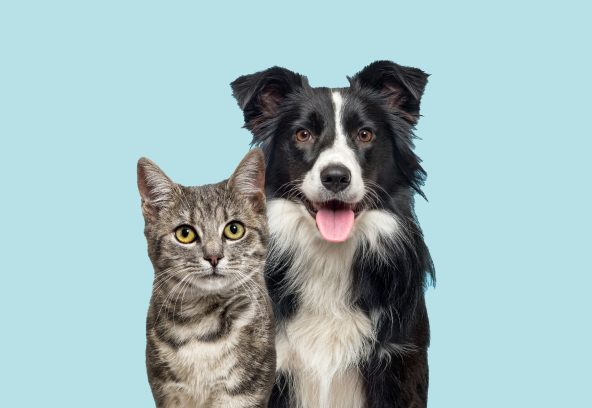Struggling with a dog that pees indoors? Discover effective training tips and solutions to stop indoor accidents and reinforce good bathroom habits for your pup
25 March 2025
Dealing with a dog that frequently urinates indoors can be frustrating, but understanding the causes and using effective training methods can help resolve the issue. Here’s a comprehensive guide to stopping your dog from peeing inside.
Identify the Causes
Before implementing a solution, it's essential to determine why your dog is peeing inside. The underlying reasons may vary, and addressing the root cause is key to stopping the behaviour.
- Incomplete House Training – Puppies and newly adopted dogs may not fully understand where they should relieve themselves. If house training has been inconsistent, accidents are more likely.
- Medical Issues – Health problems such as urinary tract infections, kidney disease, diabetes, or incontinence can lead to frequent urination indoors. If your dog is suddenly having accidents, consult a vet.
- Anxiety and Stress – Dogs experiencing separation anxiety, fear, or environmental stress may urinate indoors as a response. Moving to a new home, loud noises, or the presence of unfamiliar pets or people can be triggers.
- Marking Behaviour – Unneutered male dogs and some females may urinate in the house to mark their territory, especially if they sense other animals nearby.
- Aging and Cognitive Decline – Senior dogs can develop incontinence due to weakened bladder control or cognitive dysfunction, making it harder for them to remember their training.
- Lack of Routine – Dogs thrive on consistency. Irregular feeding and potty schedules can confuse them and lead to accidents.
- Submissive or Excitement Urination – Some dogs pee when they feel intimidated or overly excited. This is common in young dogs and those with nervous temperaments.
Establish a Consistent Routine
Dogs need a regular schedule for bathroom breaks. Take your dog outside at consistent times each day, such as first thing in the morning, after meals, and before bedtime. Praise and reward them immediately after they pee outside to reinforce the behaviour.
Reinforce House Training
If your dog continues to have accidents, return to the basics of house training:
- Take them to the same outdoor spot to pee.
- Use positive reinforcement like treats and praise when they go outside.
- Supervise them indoors and redirect them if they show signs of needing to go.
- Consider crate training, as dogs typically avoid soiling their sleeping area.
Clean Accidents Properly
Dogs tend to return to the same spots if they detect urine scent. Use enzymatic cleaners to remove odours and discourage repeat accidents. Avoid ammonia-based cleaners, as they can mimic the smell of urine.
Address Medical or Behavioural Issues
If medical conditions are suspected, visit a vet for proper diagnosis and treatment. For anxiety-related urination, try behaviour modification techniques or consult a professional dog trainer.
Consider Neutering or Spaying
If your dog is marking territory, neutering or spaying can reduce this behaviour. However, training is still necessary to reinforce appropriate bathroom habits.
Use Training Aids
Puppy pads, indoor grass patches, and doggy doors can be helpful for dogs in training or those left alone for extended periods.
Conclusion
Stopping indoor urination requires patience, consistency, and understanding. By identifying the cause, reinforcing training, and maintaining a routine, you can help your dog develop proper bathroom habits. If issues persist, seek professional advice to ensure your dog’s health and well-being.



